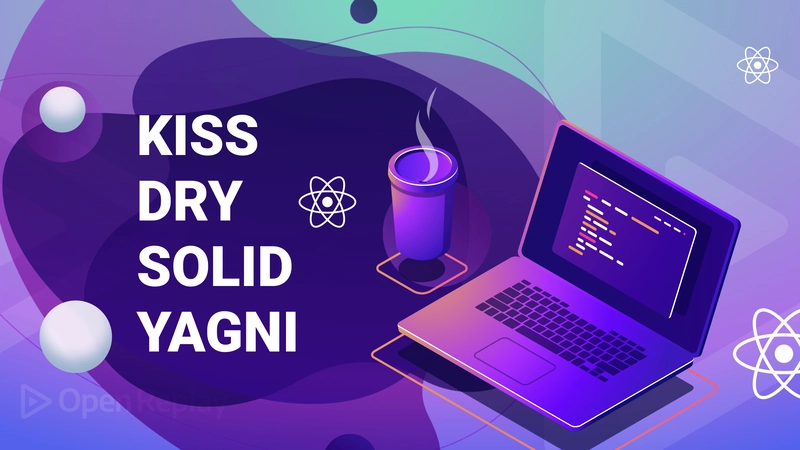 Mastering Clean Code: From SOLID to Simplicity — Your Blueprint to Scalable Software Design
Mastering Clean Code: From SOLID to Simplicity — Your Blueprint to Scalable Software Design


“Clean code always looks like it was written by someone who cares.” – Robert C. Martin
In the fast-evolving world of software development, writing working code is just the beginning. The true craft lies in building scalable, maintainable, and efficient systems that are easy to enhance and hard to break.
So, what separates the good from the great?
The answer: Timeless design principles like SOLID, KISS, YAGNI, and DRY.
Let’s break these down with real-world relevance and understand how they can transform your codebase.

Coined by Uncle Bob (Robert C. Martin), the SOLID principles guide you toward object-oriented design that is both modular and flexible.

“A class should have only one reason to change.”


“Open for extension, closed for modification.”


“Subtypes must be substitutable for base types.”


“Clients shouldn’t be forced to depend on methods they don’t use.”


“Depend on abstractions, not concretions.”


“Simplicity is the soul of efficiency.” – Austin Freeman
In a world where engineers often chase architectural complexity, the best codebases stick to what matters:






When you keep your architecture grounded, your team saves time, reduces bugs, and speeds up delivery.

Repetition is a red flag in your codebase. The DRY principle encourages reusability, helping you reduce bugs and boost consistency.



But beware of premature abstraction! Overdoing DRY can lead to complexity instead of clarity.

Clean code isn’t about flashy hacks or complex patterns. It’s about thoughtfulness.





Check out these brilliant breakdowns by Ashish Pratap Singh — they’re packed with examples and insights that stick.











 – DEV Community
– DEV Community